Apple have announced the iMac Pro at the WWDC that was held in San Jose, California. The iMac Pro features up to 18-Core Processors, 22 Teraflops of GPU performance, 128GB of memory, 4TB of internal storage, and improved graphic performance. On paper at least it all certainly looks like a compelling option for users who love the form factor of a iMac and don’t want to use a Mac Pro.
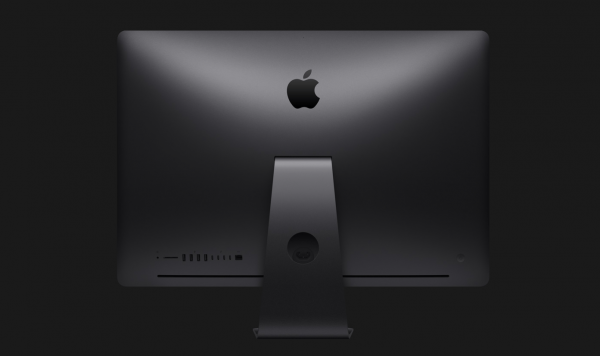
I have been using an iMac for years as my primary video editing machine as I like the form factor it offers. Even though I ticked all of the upgrade boxes when I first bought it back in late 2012, it is now starting to struggle with 4K material, and it doesn’t run the latest release of DaVinci Resolve without continually crashing. Up until now I haven’t seen enough incremental improvements in subsequent iMac releases for me to feel the need to upgrade. The iMac Pro is probably the solution I have been looking for.
Display
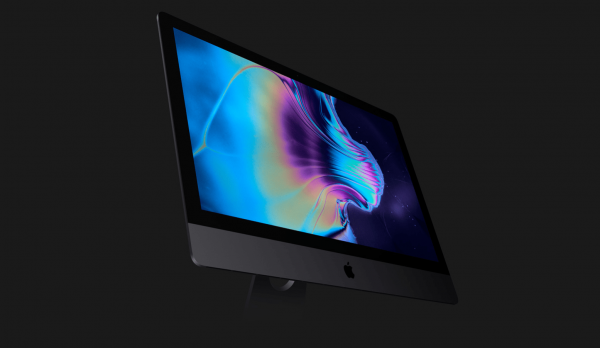
The iMac Pro will feature the same 27-inch (diagonal) Retina 5K display with 5120‑by‑2880 resolution that is found on the existing iMac. This display has 500 nits of brightness. Some users may be disappointed by this, and would of liked to have seen Apple incorporate a HDR display into the iMac Pro.
Core crazy
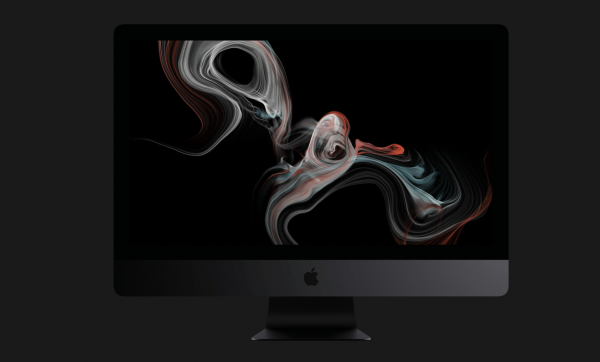
The old iMac was available with up to s 4 cores (8 threads w/ hyperthreading). The Xeons in the iMac Pro have 8-18 cores (16-36 threads). This will undoubtably boost performance to a level that is more acceptable for professionals working with 4K and higher resolutions on a iMac. Apple claims that the new iMac Pro has the power and flexibility to balance multicore processing with single-thread performance.
Stay frosty
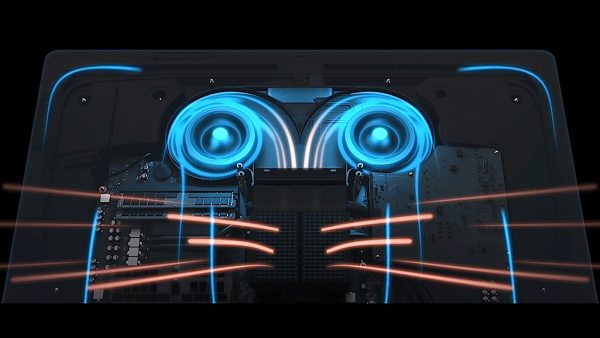
Along with using Intel Xeon processors up to 18 cores, the iMac Pro features an all-new thermal design that is claimed to deliver up to 80 percent more cooling capacity than previous iMacs. There are two big fans inside that help make this possible.
Graphic performance

The iMac Pro will come with a Radeon Pro Vega 56 graphics processor with 8GB of HBM2 memory. It can also be configured to use the Radeon Pro Vega 64 graphics processor with 16GB of HBM2 memory. The new on-package HBM2 replaces external VRAM, so the GPU can fetch data at up to 400GB/s. The Vega GPU is claimed to deliver up to 11 Teraflops of single-precision compute power for real-time 3D rendering and high frame rate VR. The Radeon Pro Vega is over three times faster than any previous iMac GPU. There is also hardware acceleration for the H.265 codec, so users of the Panasonic GH5 and some DJI drones will be able to playback 4K H.265 clips in real time without the need for transcoding.
Memory
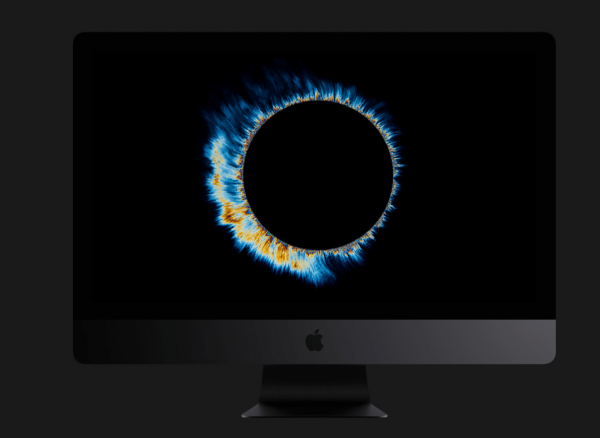
The iMac Pro comes standard with 32GB of 2666MHz DDR4 ECC memory, but can be configured up to 64GB or 128GB. Having increased memory is great for running multiple applications at once and for increasing rendering speeds.
Aesthetics
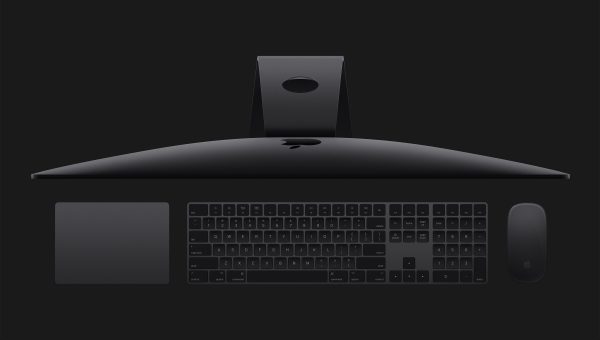
If you happen to like Space Grey aluminium you’re in luck. That’s exactly what the new iMac Pro will come in. There is also a matching matte wireless keyboard as well as a special black Magic Trackpad 2 and Magic Mouse 2.
Ins and outs
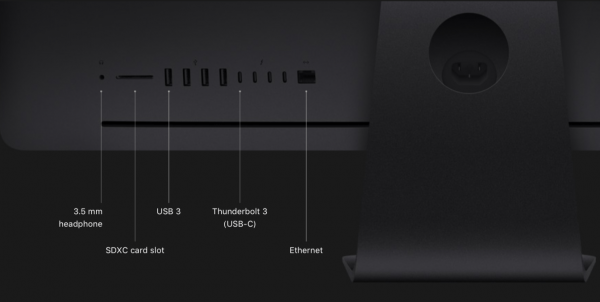
There are a ton of connections on the iMac Pro which should keep most users happy. There are 4 Thunderbolt 3 (USB-C) ports, 4 USB 3 ports, a SDXC card slot, 3.5mm headphone jack and a 10Gb Ethernet. The Nbase-T Ethernet supports 1Gb, 2.5Gb, 5Gb, and 10Gb Ethernet using a RJ‑45 connector. In theory 10G Ethernet is 10 times faster than the 1G Ethernet solutions most people are currently using. While you may not be using Ethernet storage if you are an individual or occasional video editor, incorporating a 10G Ethernet port in the iMac Pro is a big deal for production houses and users who need to share large video files across an internal network. You can also connect two 5K monitors — for a whopping 44 million pixels total.
VR push from Apple
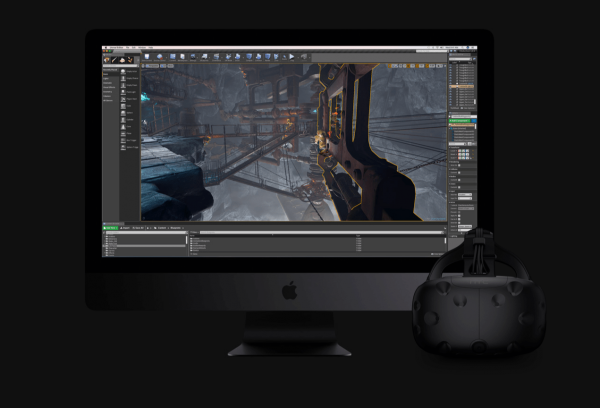
Apple is both a software and hardware company, so it makes sense that they are wanting to push the iMac Pro as a VR creation tool.
Metal 2
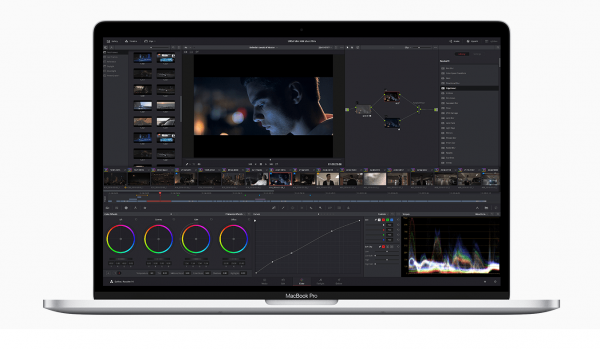
Apple also spent quite a bit of time during their WWDC presentation promoting Metal 2. Metal 2 provides near-direct access to the graphics processing unit (GPU), enabling you to maximize the graphics and compute potential of your apps on iOS, macOS, and tvOS. Metal 2 further boosts performance by enabling the GPU to take more control of the rendering pipeline. Moving beyond just graphics, Metal 2 provides deep support for GPU-accelerated machine learning and offers enhanced developer tools that make it even easier to debug, optimize, and deploy Metal apps. Metal 2 also adds support for virtual reality (VR) rendering and external GPUs which is good news.
The price
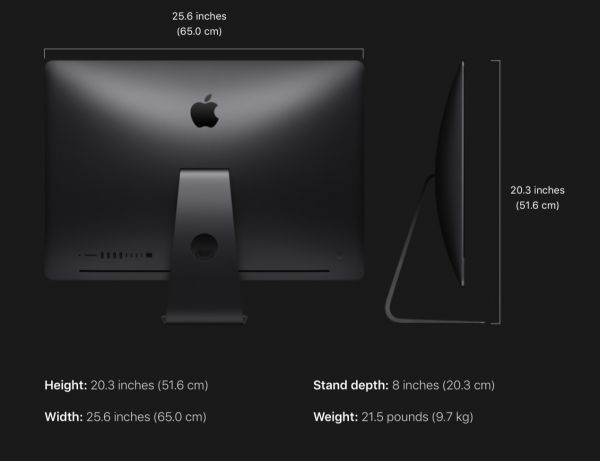
A fully configured-up iMac Pro is certainly not going to be cheap. The base version with an 8-core, 32GB of 2666MHz DDR4 ECC memory, and 1TB SSD will cost $4,999US. The iMac Pro will be available in December this year.
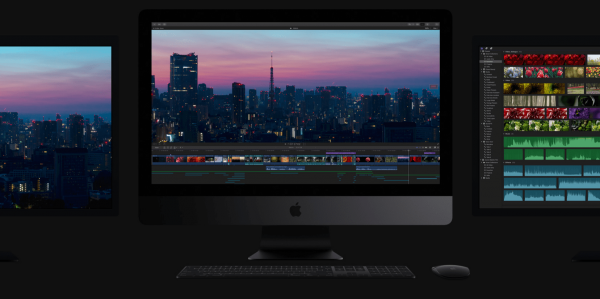
The new iMac Pro looks to be a good solution for current iMac users who need to upgrade. If you are running FCPX then this new offering from Apple is going to make for a nice match. On the down side it’s still going to be very expensive, and a lot more money than competing Windows based PCs.
What are your thoughts on the new iMac Pro? Let us know in the comments below.





